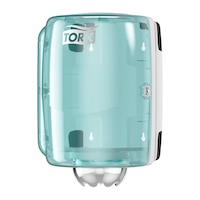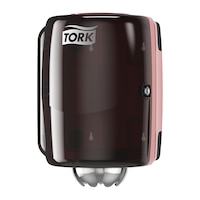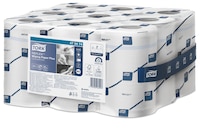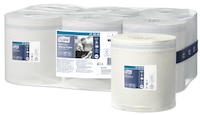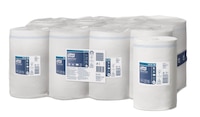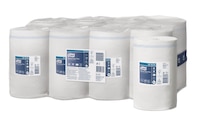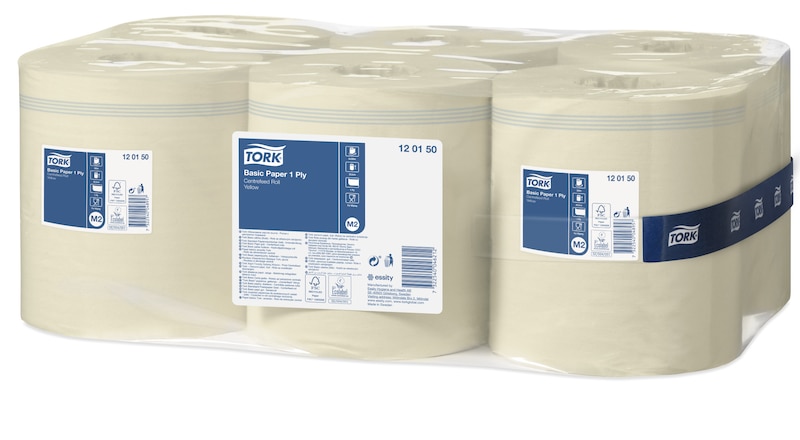

Description
The Tork Basic Paper 1 Ply is ideal for basic wiping tasks, hand wiping and when cost efficiency is important. This paper can be used in the Tork® Centrefeed dispenser, which is a high capacity versatile solution for professional environments where both hand and surface wiping is required.
- Operable with one hand makes it easy to use
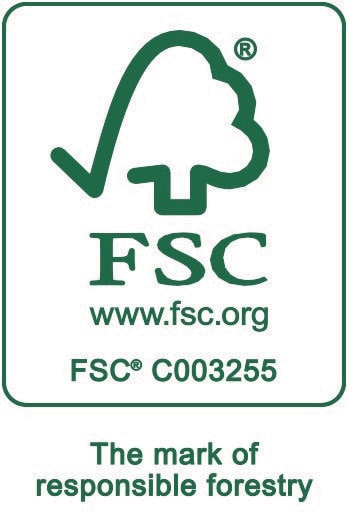
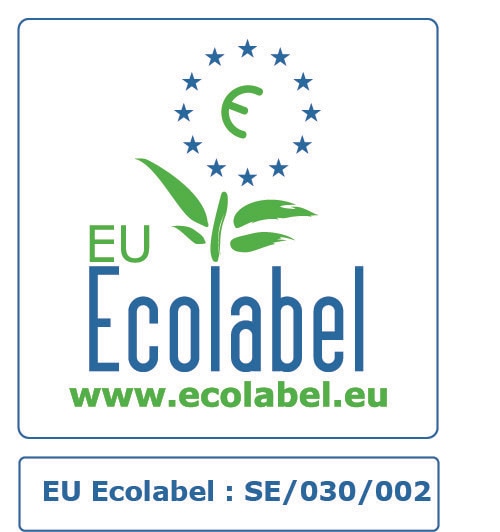
Product and delivery data
System
M2 - Centrefeed system big Quality
Universal Roll length
300 m Roll width
20.5 cm Roll diameter
19 cm Ply
1 Print
No Embossing
No Colour
Yellow Delivery data
Consumer units
Transport units
(CON)
(TRP)
EAN
7322540045994
7322540046212
Packaging material
none
Shrink
Pieces
1
6 (6 CON)
Gross weight
1569.1 g
9.5 kg
Height
205 mm
205 mm
Length
190 mm
570 mm
Width
190 mm
380 mm
Net weight
1568.3 g
9.4 kg
Volume
7.4 dm3
44.4 dm3
Consumer units
(CON)
EAN
7322540045994
Packaging material
none
Pieces
1
Gross weight
1569.1 g
Height
205 mm
Length
190 mm
Width
190 mm
Net weight
1568.3 g
Volume
7.4 dm3
Transport units
(TRP)
EAN
7322540046212
Packaging material
Shrink
Pieces
6 (6 CON)
Gross weight
9.5 kg
Height
205 mm
Length
570 mm
Width
380 mm
Net weight
9.4 kg
Volume
44.4 dm3




